
You shouldn’t be surprised to hear us claiming that flossing is good for your dental health. But why and how is that? How to floss your teeth correctly? Today, we’re discussing all things dental floss so you can understand why you should make it a non-negotiable on your daily dental hygiene. Equally important, we’re detailing all the techniques you should master to floss properly. Join us and see how dental floss can improve your oral hygiene.
What does flossing actually do?
Dental floss is a soft thread of dental-grade material that you use to clean between the teeth. Teeth flossing removes the dental biofilm (also known as plaque) that’s sitting where the toothbrush won’t reach. Long story short, even though flossing is not, by itself, enough to remove dental plaque on your teeth, it is an essential part of a complete dental cleansing routine, as it eliminates plaque in areas that toothbrushes can’t reach.
Why should I floss my teeth?
As we’ve just seen, flossing makes your dental hygiene routine more complete, by removing dental plaque from areas that your toothbrush won’t be able to clean properly. That alone makes for a great reason, but we’re telling you why it is so important to floss daily! By removing plaque from areas like between your teeth, you’re preventing plaque from settling permanently and eventually turning into tartar. Once dental plaque hardens and becomes tartar, you won’t be able to remove it at home, and it comes with serious consequences for your dental health—especially, for your gum health. You may also like to consider the critical role that flossing has in preventing bad breath!
How to floss your teeth?
Dental floss is easy to use: all you need is to find dental floss in your preferred presentation, a few minutes to spare, and gentle ways to use it. If you’re using thread, you may like to start by breaking a arm-sized piece of floss. Then, wrap it around your index fingers and leave a small strand between your hands. Then, what you want to do is to run, gently, the flossing thread between two teeth, until you reach the gum line, yet without being harsh on your gums. The following step is to curve the floss and gently slip it under the gum on both teeth in order to remove plaque. Repeat the recipe between all the teeth!
In order to save your gums from accidental jabs, you need to do the job slowly and control your strength while pressing the floss thread. Depending on the space you have between the teeth, it may be more or less difficult to run it all the way down.
If you’re using water flossing, it’s even simpler! All you need to do is to select the pressure setting of your choice and direct the tip to your gum line and interdental space, on the front and backside of your teeth. Make sure to start with the back teeth and move along until all teeth are clean.
Do I floss before or after brushing?
It is consensual that flossing before brushing is the way to go. By flossing before toothbrushing, you’re doing a pre-cleanse of areas where the big cleanser won’t reach. By removing all accumulated plaque between teeth, you either take it out with the flossing thread or transfer it to areas where the toothbrush will be able to catch it. In addition, the American Orthodontist Association declares that flossing before brushing helps to “boost fluoride concentration in your mouth”, and “strengthen your tooth enamel, making it more resistant to decay.”
Is it better to floss in the morning or in the evening?
It’s important to floss daily, but when? Just make sure to find the moment that best fit your daily routine. Even though it doesn’t seem to be a consensus, some professionals recommend to floss in the evening, as it prevents an entire night of bacterial proliferation in a warm and close environment.
Best dental flossers: dental flossing three ways
If you’re still to discover the best dental floss technique for you, then you may need to try the three different ways of flossing. Keep in mind that water flossing, however, does not replace the unique action of traditional dental floss on plaque build-up, and you should combine it with your favorite floss: that may be the string or the floss picks.
Traditional dental floss
This classic presentation of dental floss is what you should think when we talk about flossing. Effective and always reliable, these options are the go-to for millions. They are the most inexpensive option of the three, and last for a long time with daily use. It’s compact and won’t require much space when traveling.
Disposable floss picks
This dental floss presentation comes with its own advantages: with it, reach the back teeth is easier, and you won’t need to be working the floss thread along your fingers. On the other hand, it creates more waste, as each handle is only going to be used once. It may also greatly assist anyone who can’t use two hands to floss. For those thinking that the logistics are too much: these may also be an easier start when compared to traditional dental floss.
Water flossing systems
Water flossing systems are the techy-techy way to flossing. These are often recommended to combine with string floss, as it alone won’t replace flossing. Quoting the reference in all things dental care, including dental brushing and flossing, Oral-B: “While water flossers do a great job of removing food particles and rinsing away plaque by shooting a stream of water between your teeth, they cannot replicate the scraping motion of string floss that removes tartar-causing plaque that can eventually cause gum disease”. If you’re using braces, water floss can be the best solution for you: even better than the string floss.
Check our post about Oral-B electric toothbrushes and follow your dental flossing with an electric toothbrush for the best results.
Professional Makeup Artist & Beauty Writer


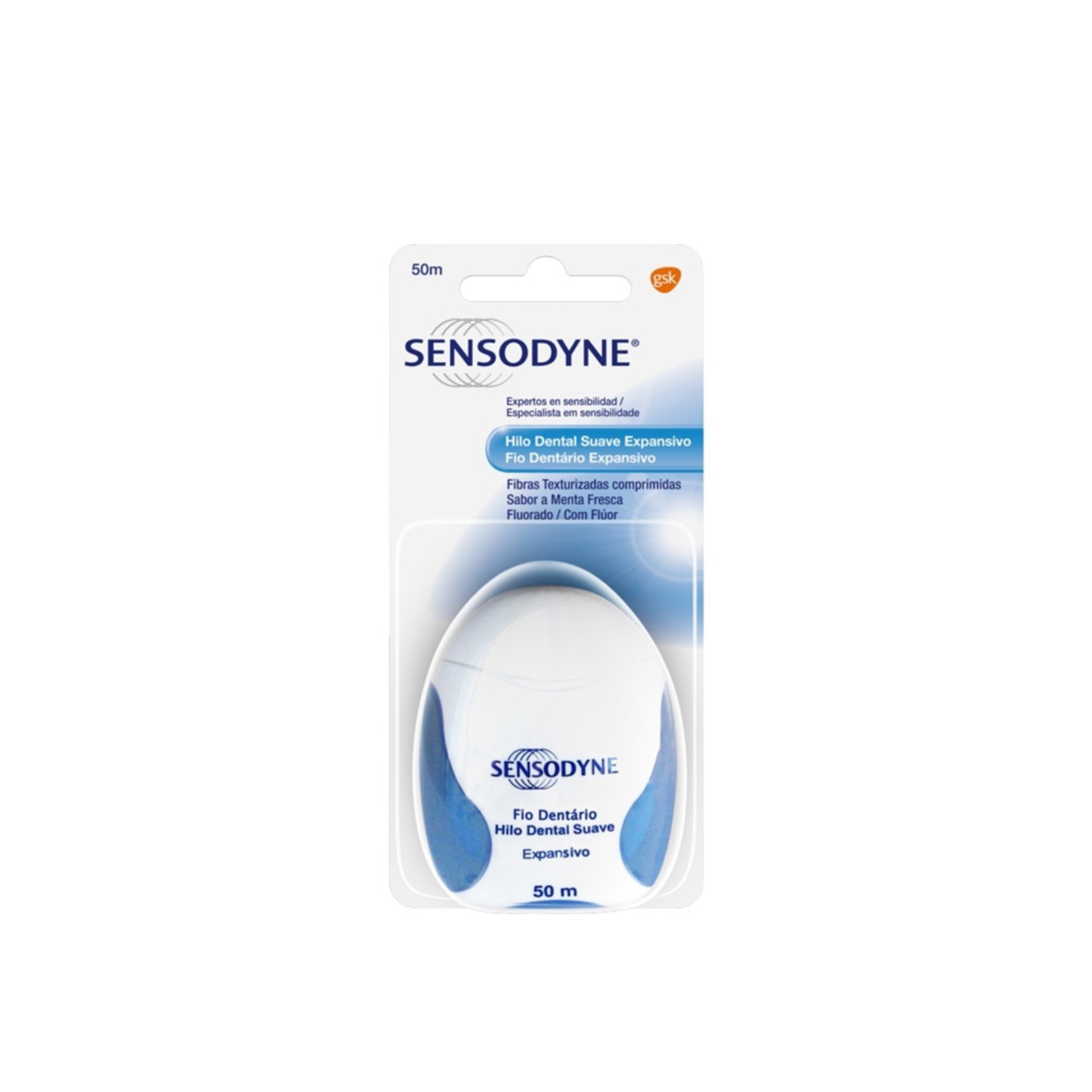
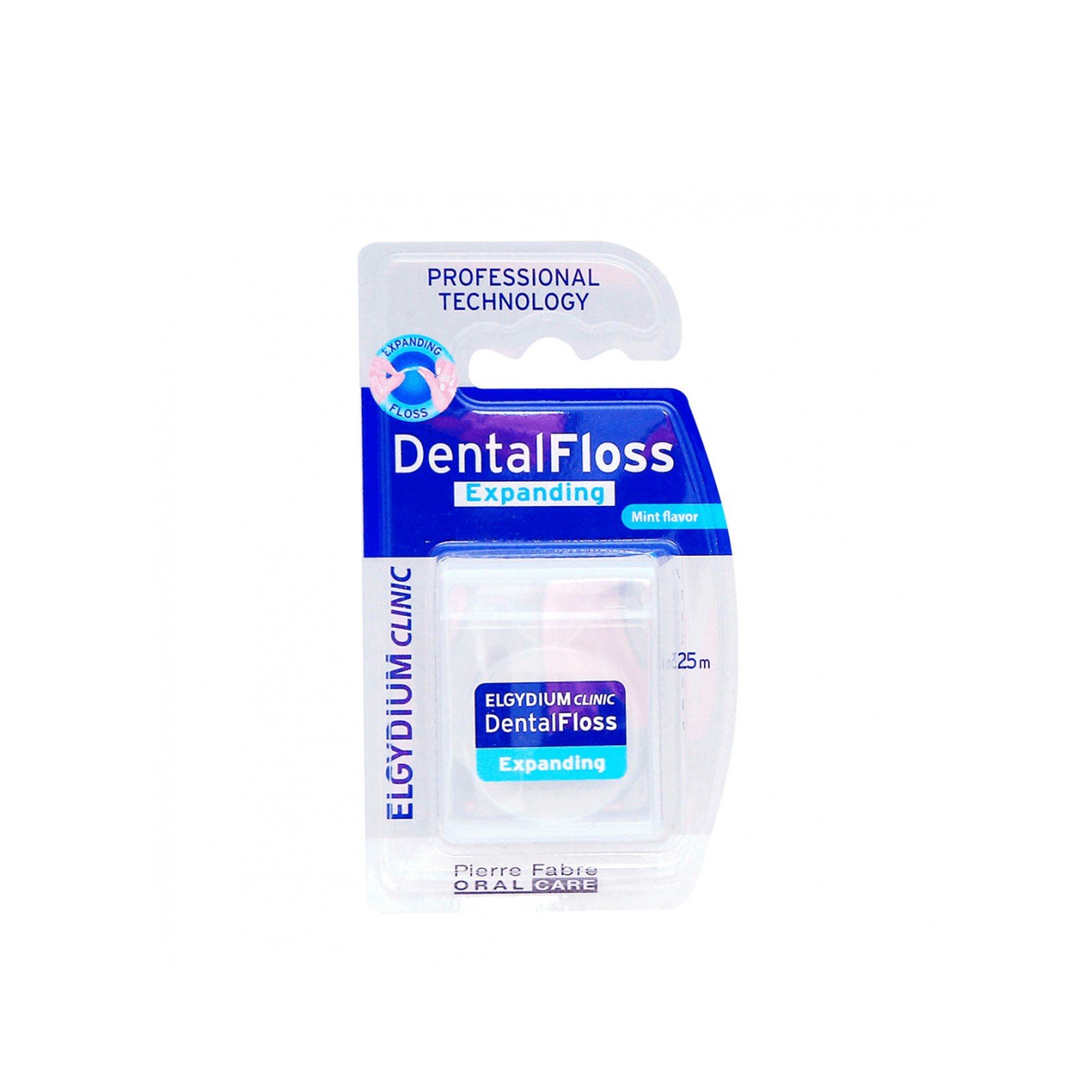
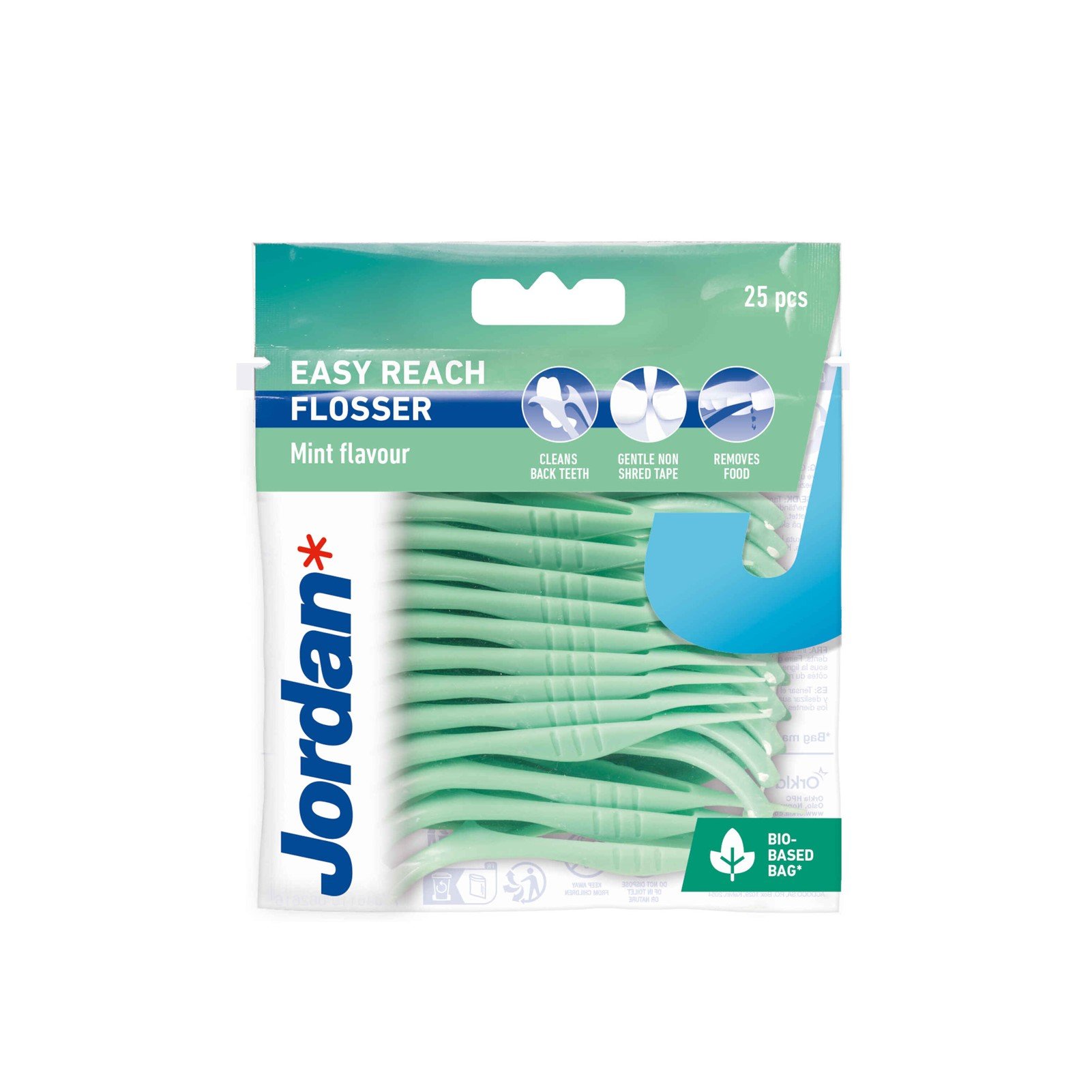
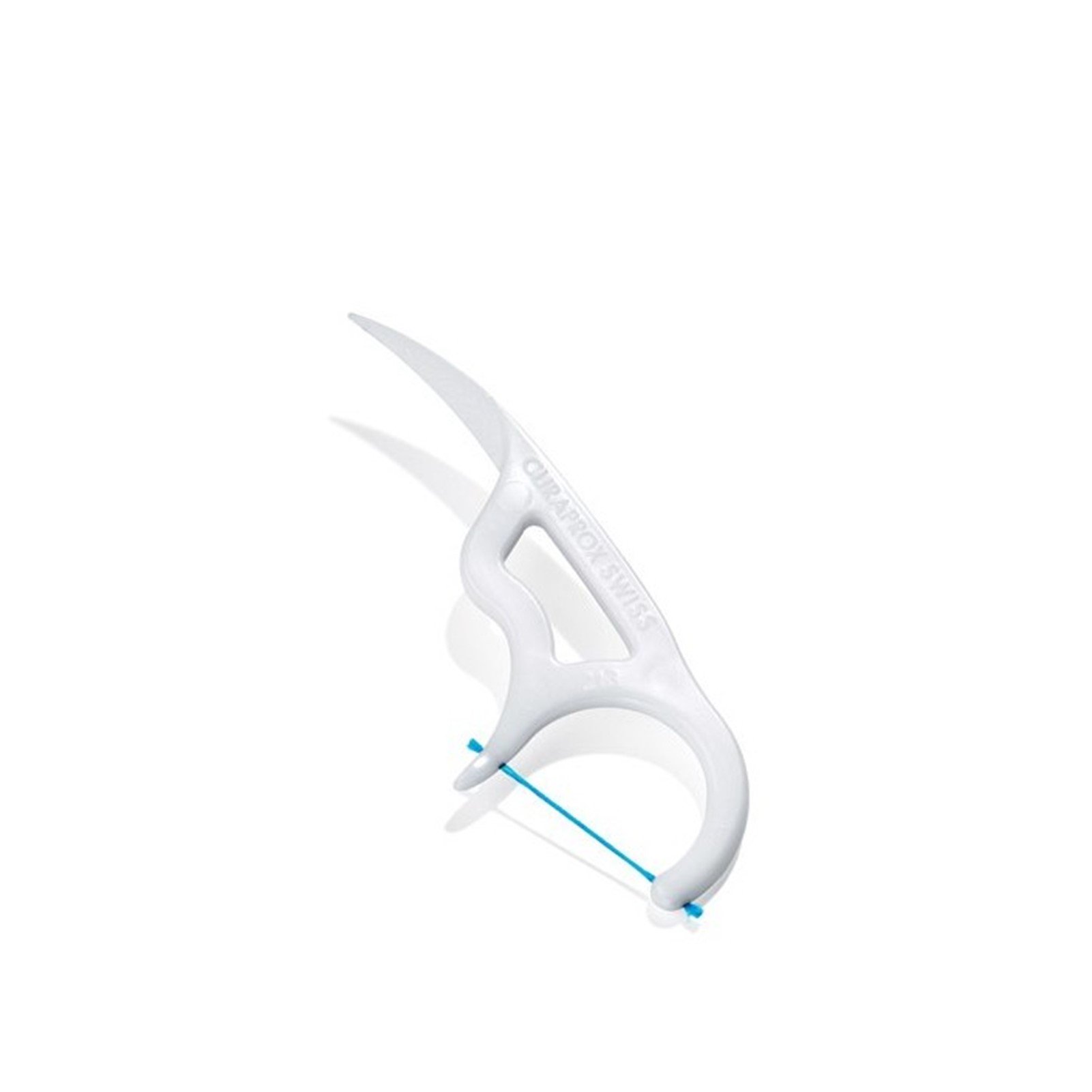
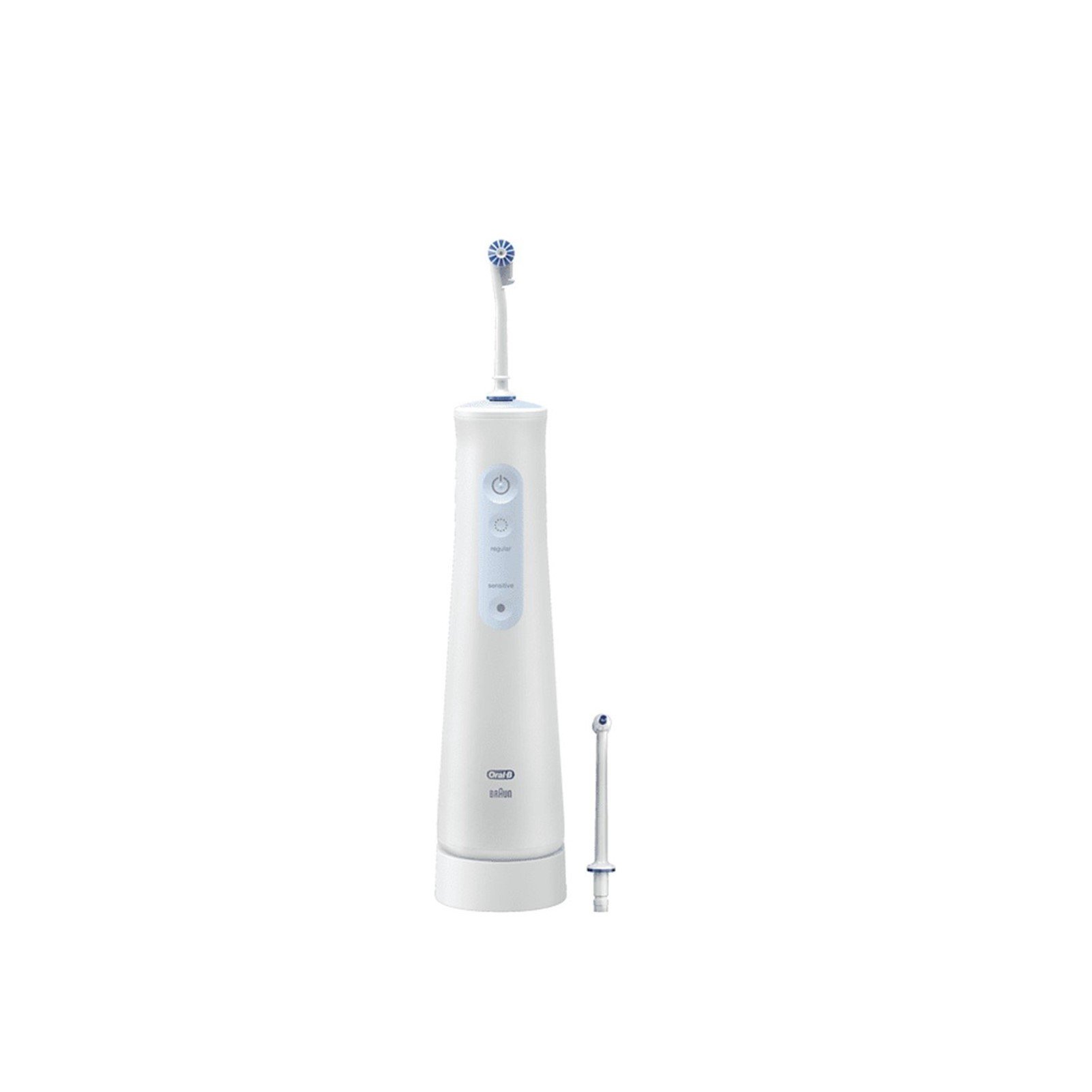 Oral-B AquaCare Series 4 Portable Premium Irrigator
Oral-B AquaCare Series 4 Portable Premium Irrigator
